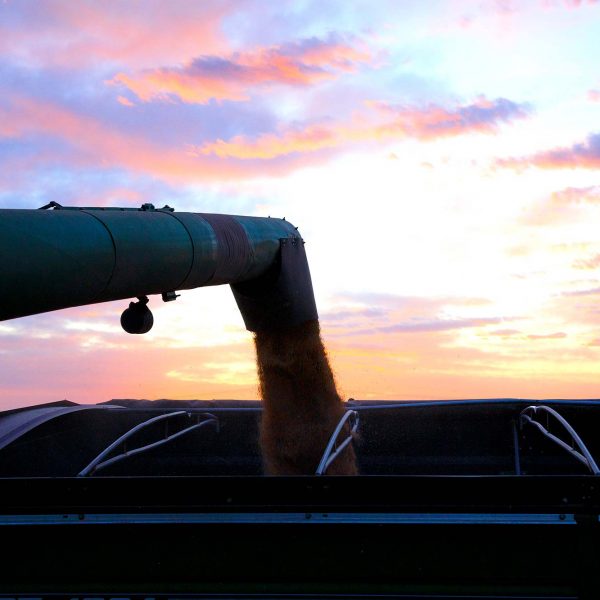Sorghum Weed Control Under Drought Conditions
By Sorghum Checkoff Agronomy Director Brent Bean, Ph.D.
Drought conditions persist in many of the sorghum growing regions. Southern and Central Texas growers’ sorghum is planted and in various growth stages with some farms receiving much needed rainfall late last week. Planting in other regions will begin to take place soon, but soil profiles are dry in many areas.
Drought conditions tend to make weed control a challenge with both PRE and POST applied herbicides. In sorghum growers especially rely on good preemergence control of weeds. For PRE applied herbicides to be effective, the following is required:
- The herbicide must be moved into the soil in close proximity to the weed seed. Although this can be accomplished by tillage, producers are mostly reliant on rainfall or irrigation to place the herbicide in the soil weed seed zone. How much rainfall is needed? Usually between 0.25 and 0.5 inches are required, depending on some of the factors listed in #2.
- Enough herbicide must remain in the soil water to kill the germinating weed. This is dependent on the following:
- Solubility of herbicide in water.
- Amount of soil water present. The wetter the soil, the more herbicide will be present to be taken up by the germinating weed.
- Affinity of herbicide for being absorbed to the soil. This will differ by herbicide. Weeds do not take up herbicide absorbed to the soil. In general, soils with higher pH, CEC, organic matter and clay content will absorb more herbicide, which is why increased herbicide rates are recommended in these soils.
So, what can be done to increase preemergence control during a drought?
- Use the highest labeled rate. The higher the rate, the better the opportunity for enough herbicide to be effective in the soil solution under drier conditions.
- Try to time planting and PRE application just prior to rainfall. I know, easier said than done!
- Consider light tillage to incorporate the herbicide if rainfall is not received within a few days after application. The longer the herbicide remains on the soil surface, the more it potentially degrades and at some point will not be effective, even after a rainfall event.
- Consider re-applying the PRE herbicide as a POST application if conditions remain dry. Almost all of the PRE herbicides used in sorghum are labeled and safe for POST application. Check Labels.
- Select a herbicide that is more active under drier conditions. Although S-metolachlor, sold under a host of trade names and in pre-mixes with atrazine , is a great PRE herbicide there is evidence that both acetochlor (Warrant, Fultime, others) and dimethenamid (Outlook, Verdict, others) may be more effective under drier conditions.
A much more detail discussion on this subject by Iowa State Extension Weed Scientist, Bob Hartzer, can be found at this link: Absorption of Soil-Applied Herbicides
POST Weed Control
Weeds growing under drought conditions are typically going to have a thicker waxy cuticle that must be overcome by the herbicide. In addition, weeds that are stressed have a reduced growth rate and translocation slows, reducing the movement of herbicide to where it can cause the most damage (site-of-action) within the plant.
Take these actions to increase POST weed control success during a drought:
- Use the highest labeled herbicide rate
- Good coverage is essential
- Treat small weeds. We always talk about the importance of weed size for optimum control, but it is even more important for the control of stressed weeds.
- Use recommended good quality adjuvants. Consider adding fertilizer – AMS, UAN, etc, when appropriate (see label).
- Take advantage of any rainfall event to apply herbicides to weeds that are actively growing.
- Consider contact herbicides. Drought stress affects the performance of translocated herbicides more so than contact herbicides. Examples of contact herbicides that can be used in sorghum are Aim and Buctril. Maybe tank mix these with other POST herbicides.
Please contact Brent Bean, Ph.D., Sorghum Checkoff agronomy director, with any questions at brentb@sorghumcheckoff.com.




